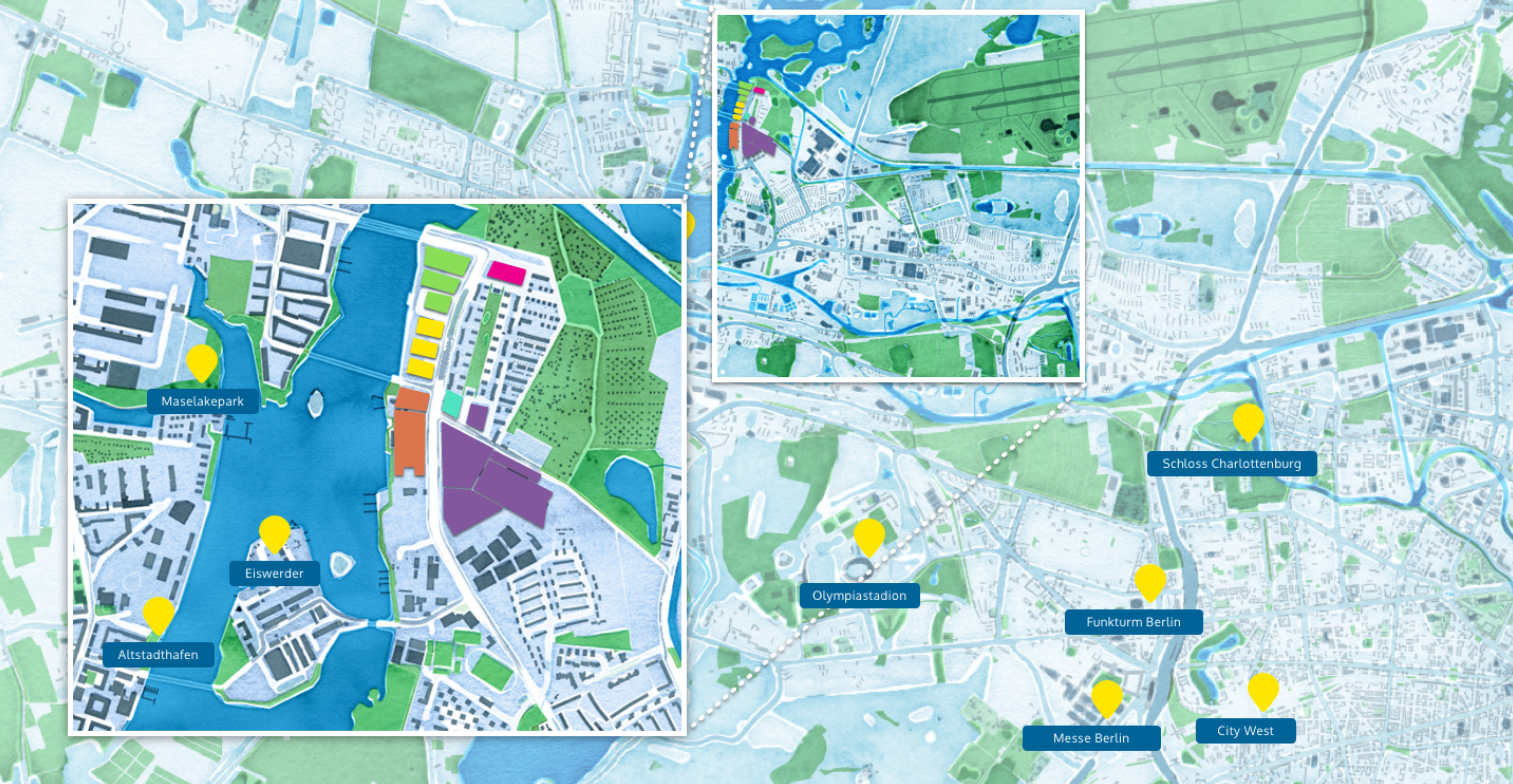Transport systems have a crucial role to play in SDG11: make cities and human settlements inclusive, safe, resilient and sustainable. Target 11.2 calls for strengthening efforts to provide access to safe, affordable, accessible and sustainable transport systems for all. It also underlines the need to pay special attention to the needs of those in vulnerable situations, women, children, persons with disabilities and older persons.
Sustainable transport systems

The Metropolis Issue Paper on “Rights and claims for metropolitan mobility” investigates on the requirements to achieve more inclusive mobility systems in metropolitan spaces. The report recommends among other things to provide analysis instruments to ascertain people’s needs and aspirations, and to incentivise active local mobility and foster its integration with other modes of public transport (inter-modality).
How the need for transport is addressed and managed influences on people’s access to the most important activities in their lives and therefore on their quality of life. In redirecting transport planning to more global territorial scales, it is possible to plan public transport networks with affordable, accessible and non-polluting mechanised mobility services between neighbourhoods and towards the peripheral municipalities of a metropolitan area.
Read more: Metropolis Issue Paper on Rights and claims for metropolitan mobility.
Below are five approaches to sustainable mobility planning implemented by local governements worldwide:
Transit Oriented Development Strategy, Quito, Ecuador
The city government of Quito has commenced a large infrastructure project based on a Transit Oriented Development (TOD) strategy and Land Value Capture (LVC) Plans. The project will maximize residential, business and recreational space within walking distance of public transportation and have a positive impact on the welfare of a large portion of the population. Together this will allow investment in economic growth, provide inclusive employment and safe housing, environmental benefits and simultaneously strengthening municipal resources.
https://use.metropolis.org/case-studies/transit-oriented-development-in-quito
Move Urban, Berlin, Germany
The use of space-efficient mobility concepts when developing new residential quarters in cities can make a significant contribution to solving problems associated with urban expansion. The Urban Move project will develop and test concepts in a real-world laboratory in Berlin. The intended outcome of the project is that these concepts will provide a serious alternative to traditional forms of private motorized transport, relieve pressure on existing transport infrastructure and achieve cost benefits without neglecting individuals’ mobility needs.
https://use.metropolis.org/case-studies/move-urban
Intelligent Transport System, Moscow, Russia
The Intelligent Transport System allows for monitoring and regulating traffic, predicting traffic situations, and balancing road capacity with actual traffic flows. The system consists of 2048 CCTVs and 1402 still cameras installed at various places throughout the city. The video surveillance cameras are connected to a central control and monitoring room at the Moscow Traffic Management Centre, where a large digital creen displays real-time images of traffic movements and information on road conditions. Besides improving traffic regulation, implementing the ITS has also reduced air pollution and is helping to create a healthier city ennvironment.
https://use.metropolis.org/case-studies/intelligent-transport-system
Seoul Transport Operation and Information Service, Seoul, South Korea
The Transport Operation and Information Service (TOPIS) of the Seoul Metropolitan Government, the "control tower" for Seoul City’s transportation system, gathers and processes the city’s road traffic and subway train information real-time to enable the city to efficiently manage the interval between buses, relieve congestion and take timely action in case of an accident. The main objectives of the system are to attract more passengers to public transportation; to collect traffic information to help alleviate road congestion and respond more quickly and efficiently to unexpected situations; to analyze the accumulated information to devise scientific public transportation policies.
Medellin’s Metrocable, Medellin, Colombia
In 2004, the City of Medellín opened the first cable propelled transit (CPT) line as part of the integrated urban development programme. The CPT lines directly connect to stations on the central metro line of Medellín and provide residents with increased opportunities to employment, education and social activities. Together with interventions to upgrade infrastructure and services for these neighbourhoods, the government is reducing the marginalization of these communities. Moreover, the project has provided for investments in a public library, kindergartens, public space and sports facilities.
https://use.metropolis.org/case-studies/medellin-s-metrocable
For more programmes and policies related to sustainable mobility and transport search the use data base by topic – mobility and transport: https://use.metropolis.org/search
Source:
Metropolis issue paper
University of the West of England